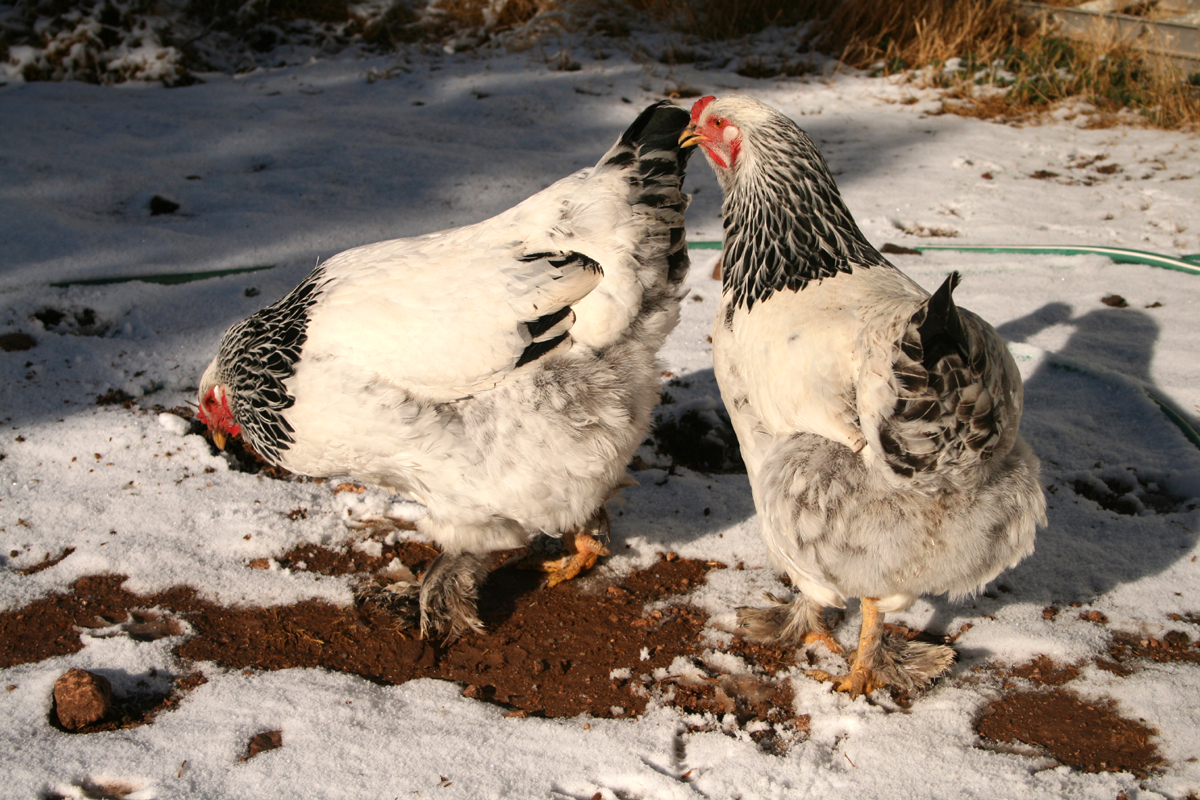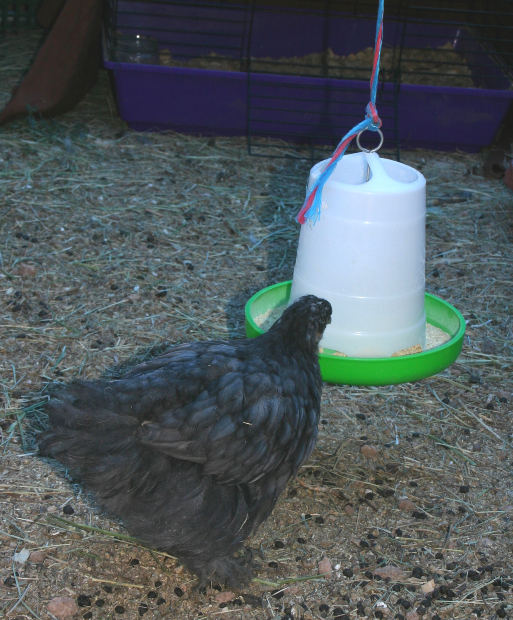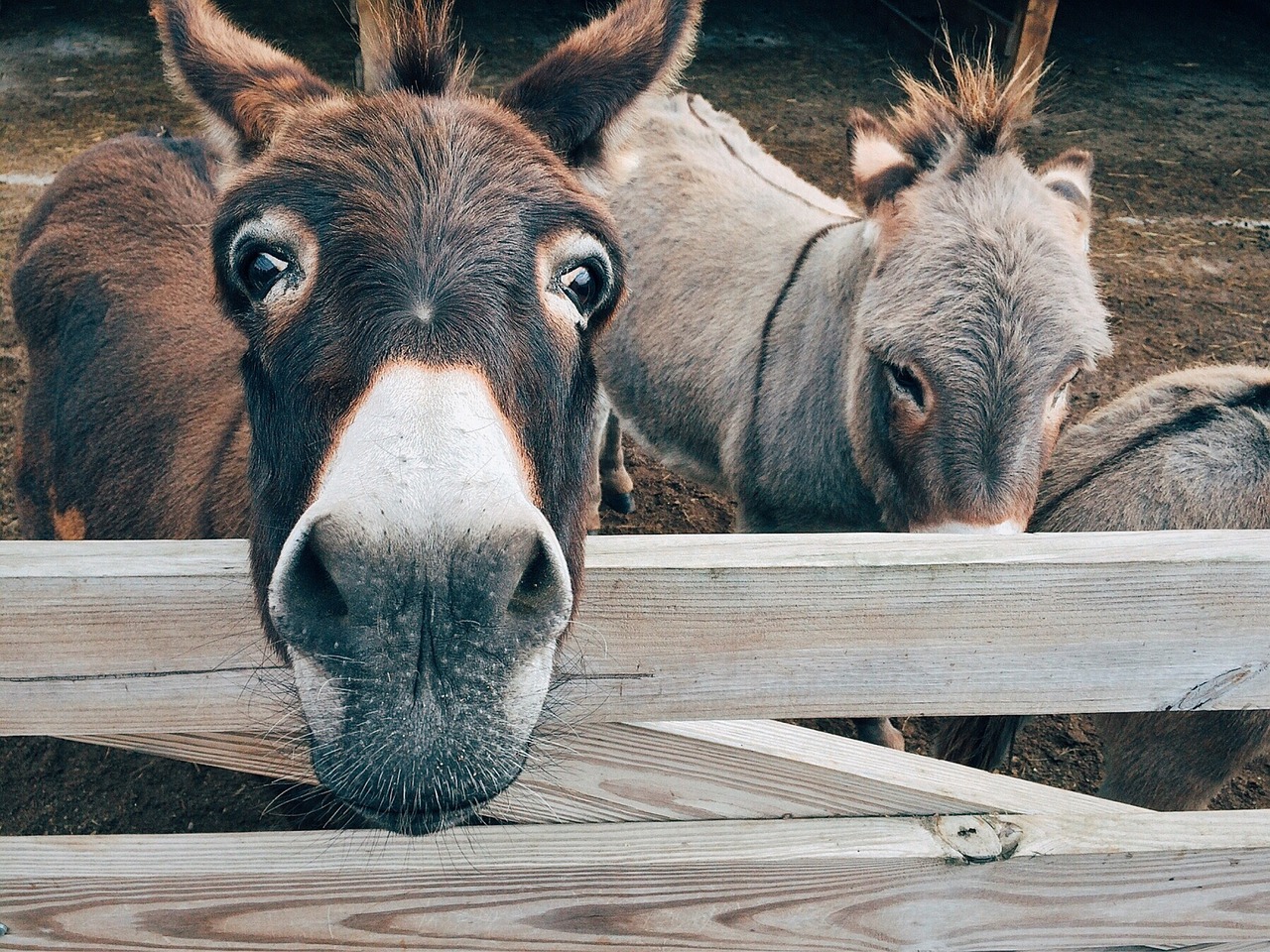Rabbit Borne Diseases

The Invisible Danger Hiding in Your Yard
Have you spotted wild rabbits in your yard? Not only do they love eating your vegetation, they could also harbor rabbit borne diseases. Research has proven that there are many zoonotic rabbit borne diseases, meaning the disease can be transmitted from animals to humans. Since one rabbit can have up to 800 offspring in one season, you need to take action fast. By using a rabbit repellent, you create an invisible barrier between your yard and the wild bunnies, keeping them far away from you and your family. Protection from rabbit borne diseases is easy with the many effective rabbit repellents on the market today.
Tularemia – The Most Common Rabbit Borne Disease
Tularemia, or rabbit fever, is a bacterial disease that can spread from an infected animal to a human in a variety of ways. Common methods of contracting this rabbit borne disease include handling or getting bit by an animal, contact with an animal’s fluids and inhaling dust from contaminated soil. Although encountered in other wild and domestic animals, the disease is most likely found in a rabbit. In humans, symptoms typically appear 3-5 days after exposure and vary depending on the method of introduction. When infected from handling, a slow-growing ulcer may appear at the site, followed by swollen lymph nodes. Pneumonia-like symptoms can occur if inhaled. If ingested, you may experience abdominal pain, sore throat, diarrhea, and vomiting. Antibiotics are used to treat tularemia.
Rabies – A Notorious Rabbit Borne Disease
Although not the most common carrier of rabies, this viral disease has been found in wild rabbits. Typically lurking in the animal’s saliva, this rabbit borne disease spreads to humans by a bite or scratch that punctures the victim’s skin. Rabies does not always display visible symptoms in animals. If you’ve been bitten, thoroughly cleanse the wound with soap and water and seek medical attention immediately. Without treatment, rabies carries a death sentence. Rabies vaccines should be administered after any suspected exposure. In humans, symptoms develop 30-50 days after exposure, although some cases report a year or longer. Symptoms include fatigue, loss of appetite, headache, fever, itching, and numbness. Some patients complain of insomnia and depression. After 2-10 days, signs of nervous system damage appear such as disorientation, seizures, paralysis or hyperactivity. Death may be sudden due to cardiac arrest.
→ Rabbits Running Rampant in Your Backyard? Smart Tips to Keep Them at Bay
Q-Fever or Rickettsia – A Lesser Known Rabbit Borne Disease
Q-fever is a bacterium that can be excreted in the milk, urine, or feces of an infected animal. This rabbit borne disease can live for long periods of time in the environment. Fortunately, only half the people exposed to this disease will develop it. Human symptoms include high fever, severe headaches, sore throat, malaise, muscle aches, chills, sweats, nausea, vomiting, diarrhea, abdominal pain, chest pain, and confusion. Symptoms last 1-2 weeks. Q-fever is treated with antibiotics, such as doxycycline or ciproflaxacin.
Pasteurellosis – One Final Rabbit Borne Disease
Rabbits display no symptoms when they have this rabbit borne disease. Wild rabbits can carry pasteruella bacteria in their mouth, which can infect humans through a rabbit bite or open wound on their body. In humans, symptoms occur within 1-2 hours and include infection at the wound, severe eye infections, edema, severe pain, fever, vomiting, diarrhea, and on rare occasions, pneumonia or sepsis. This rabbit borne disease is treated with a high dose of penicillin, tetracycline, or chloramphenicol.
Other Rabbit Borne Diseases
There are many other rabbit borne diseases associated with wild rabbits, although the risk of transmitting to humans is negligible. Some bacterial diseases include West Nile virus, toxoplasmosis, salmonellosis, bordetella, brucellosis. Protozoal diseases include toxoplasmosis, encephalitozoonosis, and giardiasis.
Now that you know the risks, are you ready to rid yourself of wild rabbits?
How to Avoid Rabbit Borne Diseases
Rabbit borne diseases can be avoided with a few preventive measures. Do not come in physical contact with wild rabbits and ensure children are not in contact with wild animals because of the potential risks, such as bites, scratches, and catching various rabbit borne diseases. If you must handle an animal or their feces, always use gloves. Seek medical attention if bit or exposed to a wild animal. Most importantly, keep wild rabbits off of your property with a powerful rabbit repellent.
Don’t Risk Getting Rabbit Borne Diseases. Use a Rabbit Repellent!
A rabbit repellent is a highly effective method of keeping unwanted animals away from your yard. Used properly repellents ensure that foraging and eating stops and the wild rabbits leave your property, reducing the risk of being infected by rabbit borne diseases.
How Do Quality Rabbit Repellents Work?
Rabbits have an excellent sense of smell, which allows them to detect nearby food sources and predators. The most effective rabbit repellents use scent to initiate the fear response. The smell of a decaying animal is a warning that a predator is close by, causing rabbits to avoid the area out of fear. Before a rabbit can get near your yard, the smell of the repellent will drive it away. Rabbit repellents that contain the ingredient putrescent egg are proven most effective. Although these products are powerful to a rabbit’s senses, they have no detectable odor to humans once dried.
Rabbit repellents are a quick, easy, and cost effective method of wild animal control. Simply spray it on your plants. When considering cost, take into consideration the reapplication instructions. High quality repellents won’t need reapplication as often, saving you both time and money in the long term.
To keep your family, pets and the environment safe, choose an organic rabbit repellent. A benefit to using organic rabbit repellents is that they break down into components that plants can use to grow. To ensure the product is organic, look for the Organic Materials Review Institute-listed® or OMRI logo on the label.
Protecting your family from rabbit borne diseases doesn’t have to be hard. Be smart, be cautious and use preventative measures, such as rabbit repellent, to keep the rabbits out of your yard. Happy Spraying!
The Author:









Really??? And those of that hunt and eat wild rabbits must be risking our lives. I am growing weary of your useless articles.
In some areas of the world wild rabbits can contract some of these diseases listed, that is a fact. If hunting wild rabbit, when you are field dressing the rabbit it should be inspected for any disease, you should also use caution when handling the meat.
According to Oregon Department of Fish and Wildlife:
Rabbit fever, or tularemia, is not commonly seen in Oregon but it does occur in rabbits and rodents. It can be spread from infected animals to people through tick bites, handling an infected animal, eating or drinking infected material, and even through inhalation. Tularemia is identified through inspection of an infected animal’s internal organs, so when field dressing your animal look for any light spotting on the liver. If you even suspect you see white, yellow or any other liver spotting, place the animal in a plastic bag, thoroughly wash your hands with soap and water or hand sanitizer, and contact an ODFW office.
State veterinarians will run tests on the liver to determine if the
animal was infected. Do not consume meat.
http://www.dfw.state.or.us/resources/hunting/docs/Howtohuntrabbit.pdf
In reply to Mike.
I like my wild rabbits.